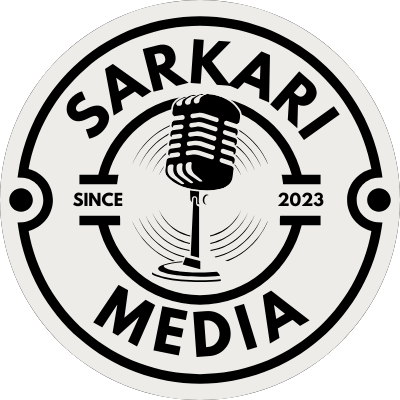The TCS SBWS mode assessment, aligned with Course ID 62297 TCS Answers, delves into the intricate realm of Systems, Business Processes, and Workflows in Software Development. This article provides comprehensive 62297 TCS Answers to key questions, offering a detailed exploration of these crucial concepts.
62297 TCS Answers
Question 1
Question: Which of the following is not a type of system?
Answer: Organizational structure
The main types of systems are:
- Information systems
- Decision support systems
- Expert systems
- Management information systems
- Transaction processing systems
Organizational structure refers to how roles and responsibilities are divided within a company, rather than a type of system.
Question 2
Question: Which of the following is an example of a business process?
Answer: Processing customer orders
Business processes include activities like:
- Processing customer orders
- Fulfilling customer requests
- Taking customer payments
- Shipping products
- Handling returns and refunds
These involve coordinated actions across different parts of a business to complete transactions or deliver value to customers.
TCS Course Answers all :
TCS RIO : Remote Internship
56978 TCS Answers : Agile E1
43893 TCS Answers : Information Security Awareness
7408 TCS Answers : iSecurity quiz
21939 TCS Answers : TCS Code of Conduct
64091 TCS Answers : Mastering TCS Data Privacy
55220 TCS Answers : Navigating Success GDPR
62297 TCS Answers : TCS SBWS Mode Assessment
2735 TCS Answers : Sexual Harassment Success
Question 3
Question: Which of the following best defines a workflow?
Answer: A sequence of steps or activities involved in a business process
A workflow involves the flow of tasks from one participant to another in a business process. It defines the sequence of steps, their dependencies, and flow of information among the steps.
Question 4
Question: Which of the following tools is used for modeling business processes?
Answer: Business Process Modeling Notation (BPMN)
Common tools used for modeling business processes include:
- Business Process Modeling Notation (BPMN)
- UML Activity Diagrams
- Flowchart
- Use Case Diagrams
BPMN has emerged as a standard for process modeling and is commonly used by businesses.
Question 5
Question: Which of the following best represents a system state?
Answer: A condition or situation of a system at a given point in time.
Some examples of system states include:
- Order processing system is in the “open” state
- Inventory management system is in the “low stock” state
- Customer account is in the “active” or “closed” state
Question 6
Question: What is the role of workflows in process automation?
Answer: Workflows help automate business processes by defining rules and sequences of tasks/activities. They ensure processes move from one state to another automatically based on predefined conditions. This eliminates manual intervention and errors.
Question 7
Question: What is the difference between a business process and a workflow?
Answer: A business process defines what activities need to be performed, while a workflow defines how the activities will be performed in terms of sequences, dependencies, participants. A business process is at a higher level of abstraction than a workflow.
Question 8
Question: What is an example of a system state transition?
Answer: A common example is an order transitioning from the “Open” state to the “In Process” state when an item is picked from the warehouse for shipping.
Question 9
Question: What are the key elements of a workflow definition?
Answer: The key elements of a workflow definition typically include:
- Start and end states
- Tasks/activities
- Participating roles and individuals
- Transition conditions
- Logical connectors like sequence, parallelism, synchronization
- Exception handling mechanisms
Question 10
Question: What is the difference between horizontal and vertical business processes?
Answer: Horizontal business processes cut across the organization and support the core/major business functions. Vertical processes are confined within a department and support a specific role/function within that department.
This article serves as a comprehensive guide to understanding Systems, Business Processes, and Workflows in the context of the TCS SBWS mode assessment for 62297 TCS Answers. By exploring the types of systems, examples of business processes, the definition of workflows, and tools for business process modeling, individuals gain a solid foundation in these fundamental aspects of software development.
